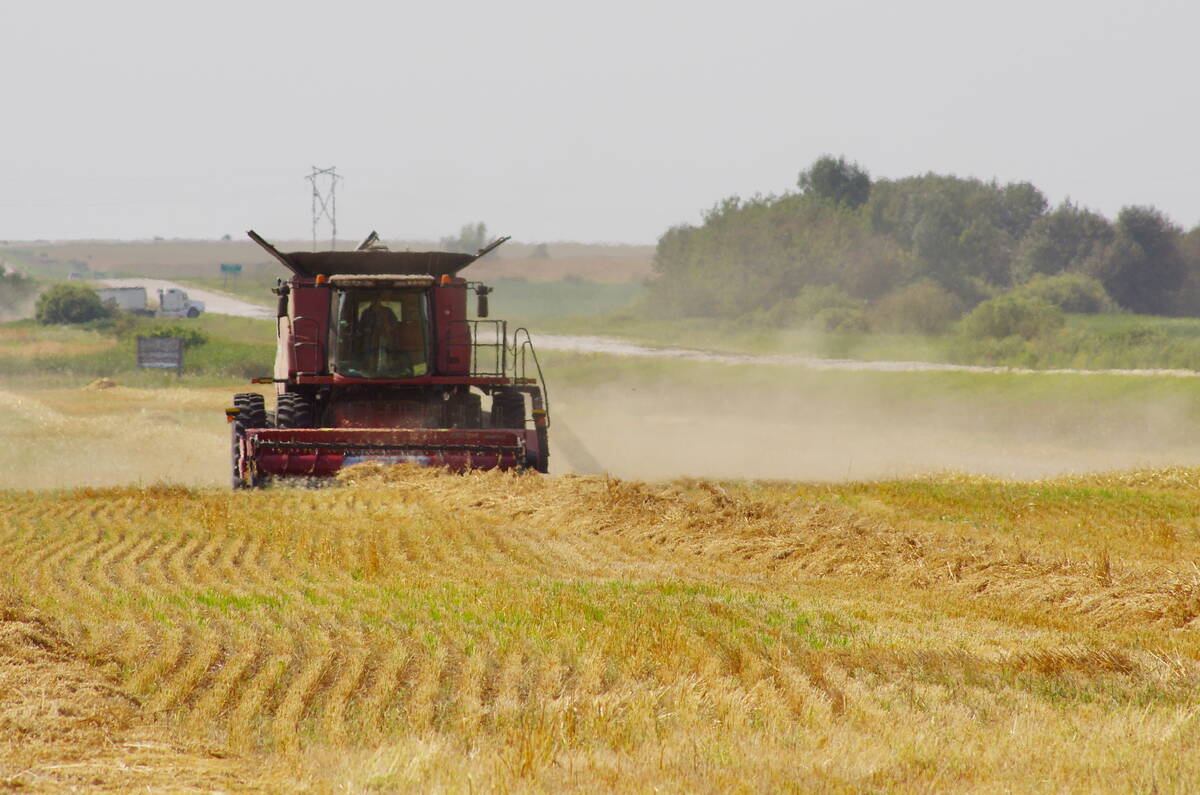Plan, prepare, review | Experts advise hog producers to plan to rebuild or retrofit barns
RED DEER — Hog producers may have experienced welcome profitability in recent months after a six year slump, but economists advise caution going forward.
Profits are more than $100 per head, so producers who are still in the industry need to decide where to invest that money.
“In the foreseeable future, there is money to be made in the hog industry,” Ruth Leman of Farm Credit Canada told the Alberta Agricultural Economists Association annual meeting held in Red Deer May 1-2.
“Hog farmers still in the business today are the survivors. The last six years have not been good for the equity position.”
Read Also

Herbicide resistance sprouts in Manitoba’s wild oats
Farmers across Manitoba this fall are gearing up for the latest salvo in what, for many, has become a longtime battle to beat out wild oats.
She said bankers still see too many producers who do not know their cost of production. Now is not the time to get sloppy, she added, even if they are making money.
Leman organizes costs into three categories: unnecessary, borderline and necessary.
Unnecessary costs are the nice-to-have items, while borderline costs include more technology than what is needed, more labour than what is used and barns that are overbuilt.
Necessary costs cannot be cut because they would impact the farm’s operation. Feed falls into this category, but many managers in recent years have found cheaper rations, improved electricity efficiency and monitored water use.
“They were the little adjustments that didn’t cost a lot but meant a lot to the bottom line,” Leman said.
Farms should not defer maintenance because it affects herd health and hog comfort. Broken down equipment or buildings in disrepair could lead to more disease.
Now that profitability has improved, bankers are telling producers to improve their working capital, put some money away, pay down small loans and reduce operating loans to lower, more manageable limits.
Business plans need to be reviewed monthly so that farm managers can compare projections to what actually happened and make adjustments.
The farm also needs to maintain a good relationship with the banker and start talking early on before things get out of hand.
Many barns are reaching the end of their physical life and need to be retrofitted or rebuilt.
Rod Pfeifer of FCC said the problem facing lenders is the lack of sustained profitability and the risk associated with investing in a new barn when the industry could take another downturn.
“It is one of those bankers’ conundrums,” he said.
“In order to get the money out there in the first place, you have to have security, which you can establish right now.”
Three months of profitability is not enough to justify a major mortgage. Bankers would be more willing if profitability continued for two years, but by then the industry could have fallen apart again.
Another issue is the new animal welfare requirement to move from a gestation stall system to open housing for sows.
Consumers say they want changes in the way food animals are raised, but they are unlikely to want to pay more for pork that costs more to produce.
Productivity usually drops by 20 percent in loose housing, so it is harder to make money. Pfeifer said rebuilding or retrofitting could cost $1,500 per sow compared to a traditional barn, which could cost one-third of that.
Pfeifer said it is hard to make a business case to lend money at this time. FCC helped many producers leave the business in the last five years, and abandoned barns dot the Prairies. They do not have much value and some would prefer to knock them down and farm the land.
He said FCC has had some losses in the hog portfolio, which comprises less than 10 percent of its loans.
“It was a manageable risk because we are doing well in other industries,” he said.

















